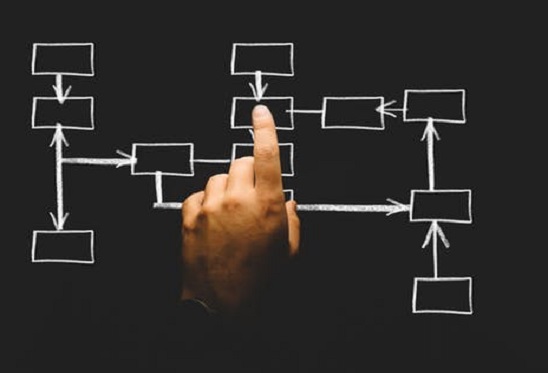A New Organizational Architecture – Arun Maira (Member planning commission, Govt of India)
Let us turn, therefore, to concepts and theories of organization. An analysis of prevalent ‘theories-in-use’ of how to organize a complex system reveals two dominant theories: hierarchies and markets. In fact, these are the two alternatives described by Oliver Williamson, winner of the Nobel Prize in economics in 2009. These are also the two alternatives that executives imagine. Hence their dilemma: they want less ‘centralization’, which requires a hierarchy that they fear could stifle innovation; but they also want less ‘decentralization’, which would open up an internal market for ideas and resources no doubt, but one they fear they may not be able to coordinate and control.
However, markets and hierarchies are not the only forms of organizational architecture. There is a third, which operates in natural systems. Imagine a tropical forest, humming with a variety of life. It is not an unformed chaotic system: it has a rhythm to it. Ask yourself, ‘Who is in charge of this complex system?’ It is not obvious who is, yet it functions very well. A study of the organizational architecture of such ‘complex, self-adaptive systems’ in nature and elsewhere (such as the Internet) reveals the principles for designing organizations that can remain on the creative edge between a stifling hierarchy (and bureaucracy) on one side and unorganized confusion on the other.
An essential feature of such organizations is the strength and quality of the lateral linking organizations within them. Traditional organization designers concentrate most of their energy in specifying the organization’s vertical structures-hierarchies, allocations of authority, reports up and instructions down. Lateral links across the organization are not designed with similar attention. They are left to be shaped by informal . forces and political alignments within the organization. Hence, they are often weak or inappropriate.
In the vertical view of the organization, the need for coordination is met by appointing an authority above those who must be coordinated. Thus, weaknesses in the lateral structures are addressed with more vertical structures-more authorities, more monitors and more controls, which crowd the space for movement and creativity within the organization.
Lateral linking structures are designed to facilitate and strengthen collaboration amongst the many agencies [groups / teams] that must work together, rather than imposing one more ‘boss’ over them to force them to coordinate. These mutually supportive mechanisms are abundant in natural systems, such as the tropical forest. Such mechanisms also operate in many global, decentralized yet well coordinated enterprises. Think of the Internet. Or the Visa credit card network. They hold together because the lateral links are strong, not because there is an authoritarian central command. Large, international consulting companies also rely on lateral linking mechanisms. They have fiercely individualist partners. Each is measured and rewarded for performance, so internal competition can be high. However, they are brought together in lateral linking ‘practices’, in which they share ideas, learn from each other, form teams to pursue new ideas and serve clients.
Credit card networks and international consulting companies may share some characteristics with federal countries. However, their scales and complexities are fewer. Therefore, skepticism about the trans-portability of principles from one to the other is expected. On the other hand, one could argue that nature, where these principles work, is even more complex! Fortunately, support for these ideas now comes from other sources too. Elinor Ostrom, who won the Nobel Prize for economics in 2009 with Oliver Williamson, has shown that large human communities that do not leave it to the market alone can coordinate their own actions without a hierarchy to govern them-and produce better outcomes for all.
A New Kind Of Leader
An examination of how such organizations work reveals the essential role of leaders within them. What is critical is the type of leaders they have. A widely prevalent model of leadership, reinforced by stories, myths and stereotypes, is that a leader must be tough and strong. In this version, he (the popular image of a leader is generally a man) has authority granted to him over others so that he can lead them. Whereas lateral organizations require that leadership be exercised without the leader being designated the ‘boss’. In such organizations, leadership is earned by the ability to influence others to co-operate. The way women often make family members co-operate could be a more appropriate model! Indeed, one should apply insights to our organizations from the way the feminine force binds and sustains nature.
India is a diverse country, with a federal structure, and an ongoing process of devolution of power away from the Center At the same time, it needs much faster implementation of changes across the nation with much better coordination of action. It can’t impose a hierarchy. Nor can it leave it to the market. Therefore, India, more than any other country in the world, must systematically master these new theories of organization and leadership.
Excerpts from an article written
By Arun Maira – Member planning commission
in Outlook Business May 2010
Make your own growth story with Synergita, the employee performance management and engagement software with comprehensive analytical reports. Call Us Today!

